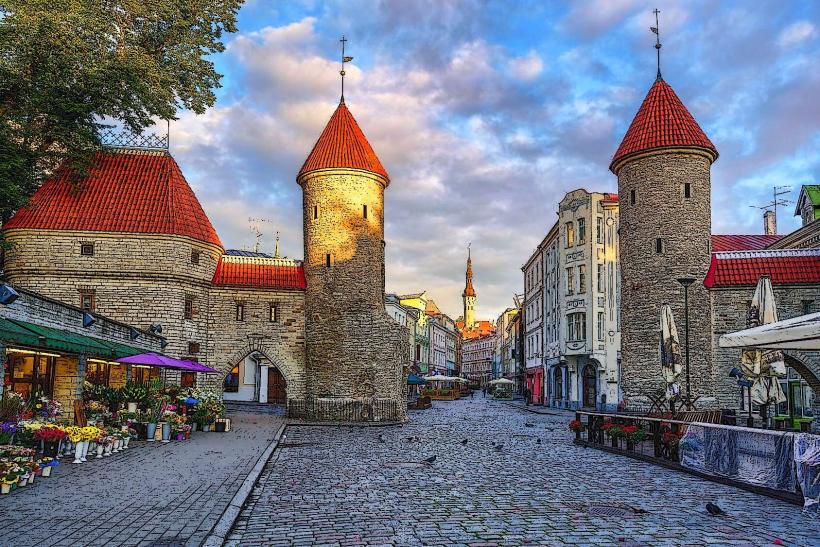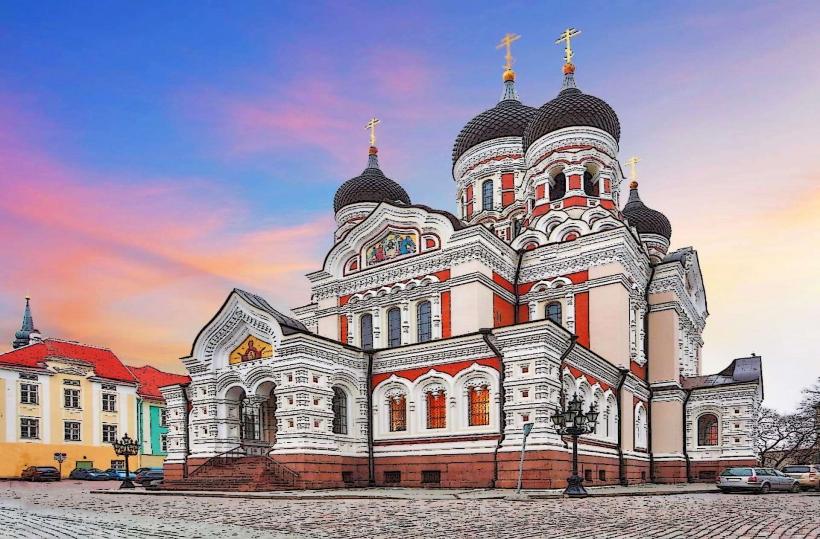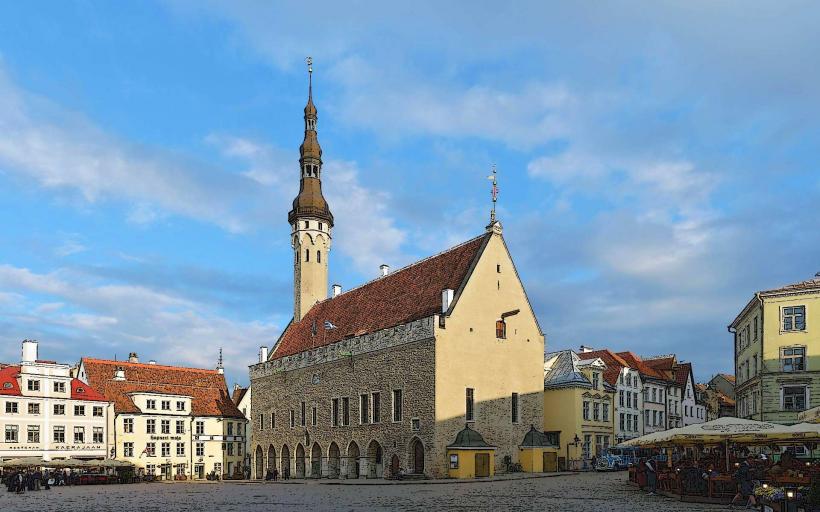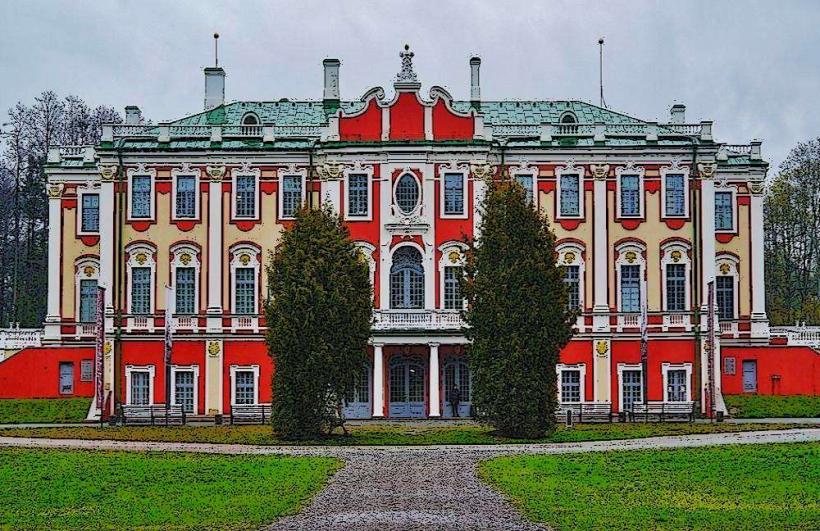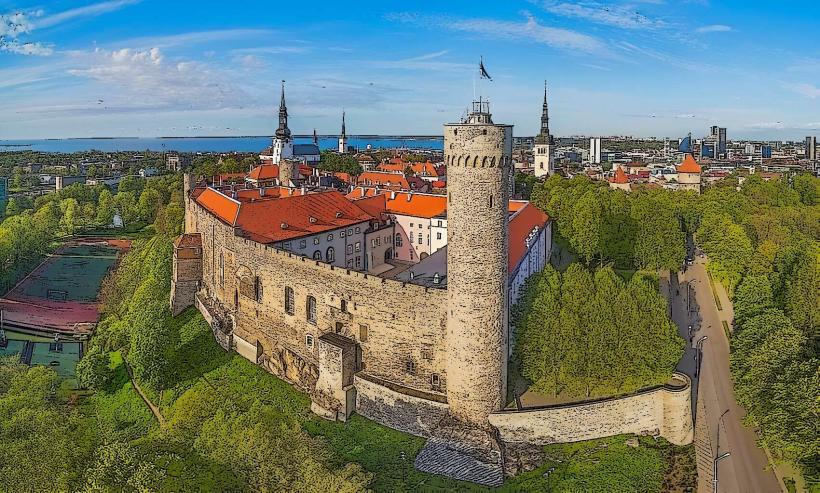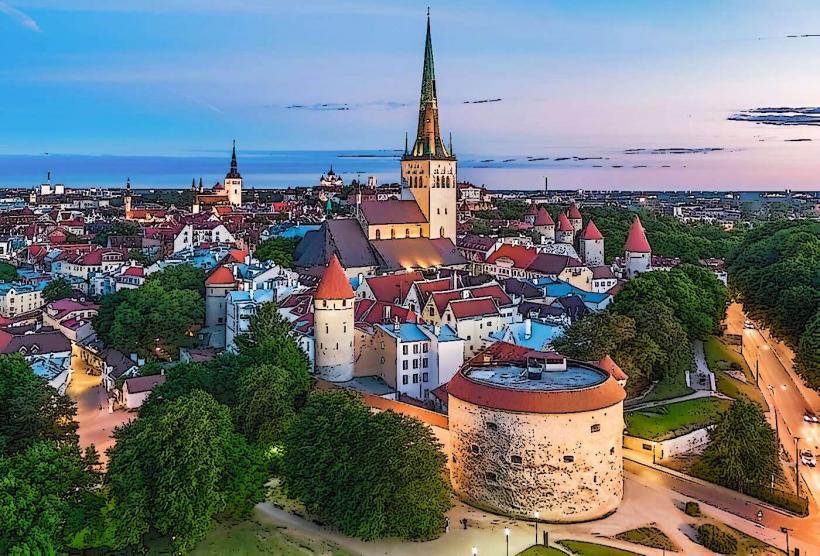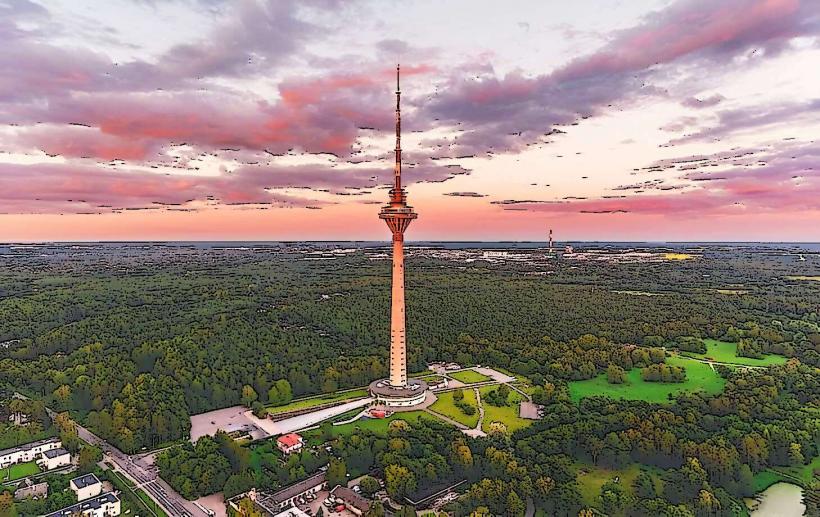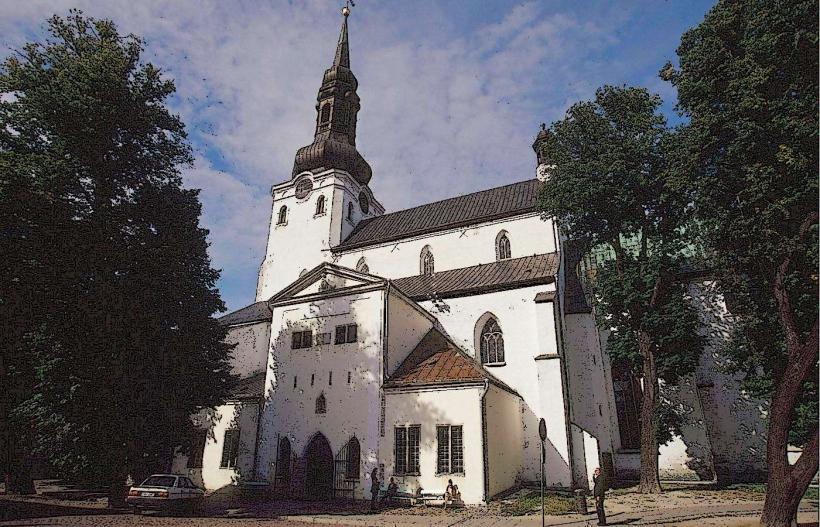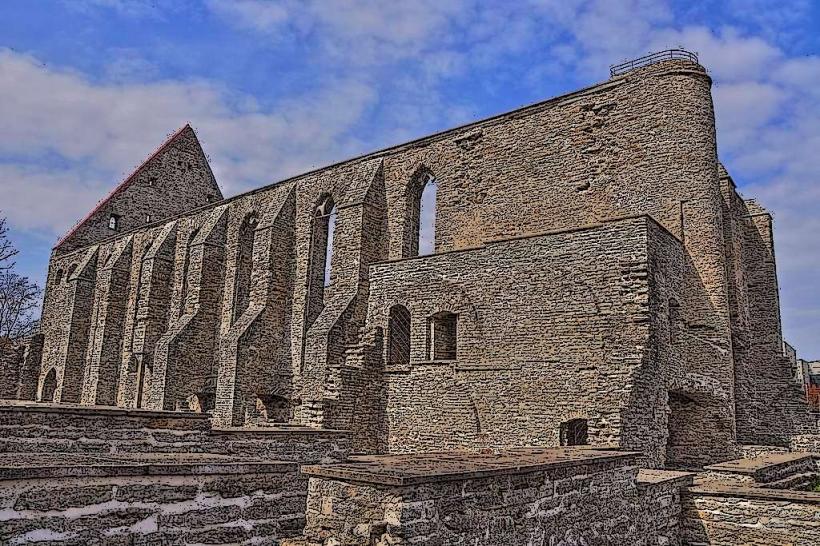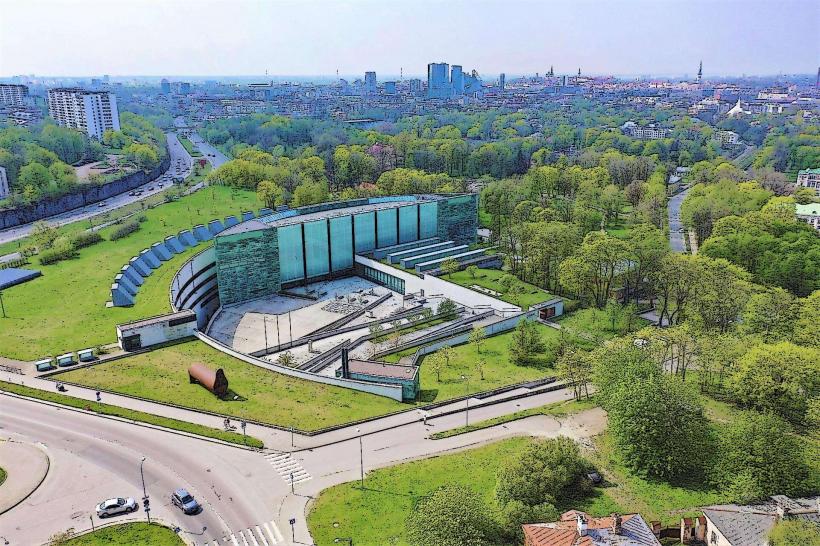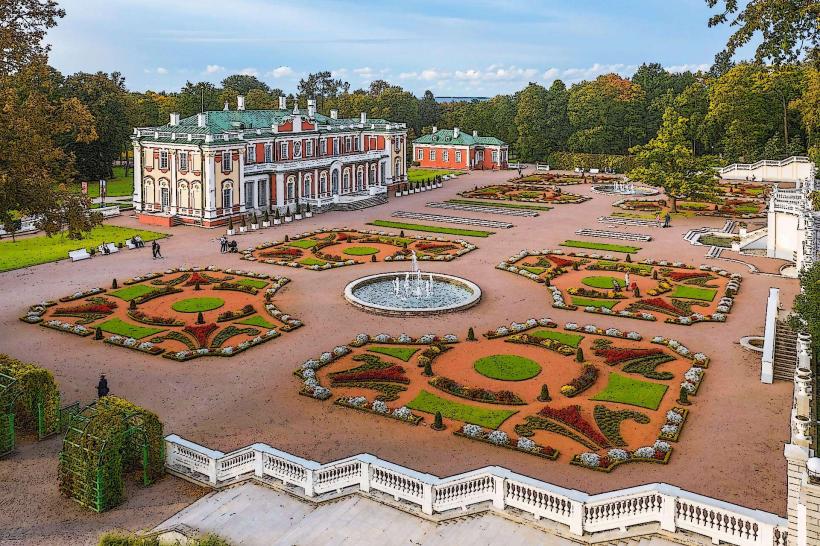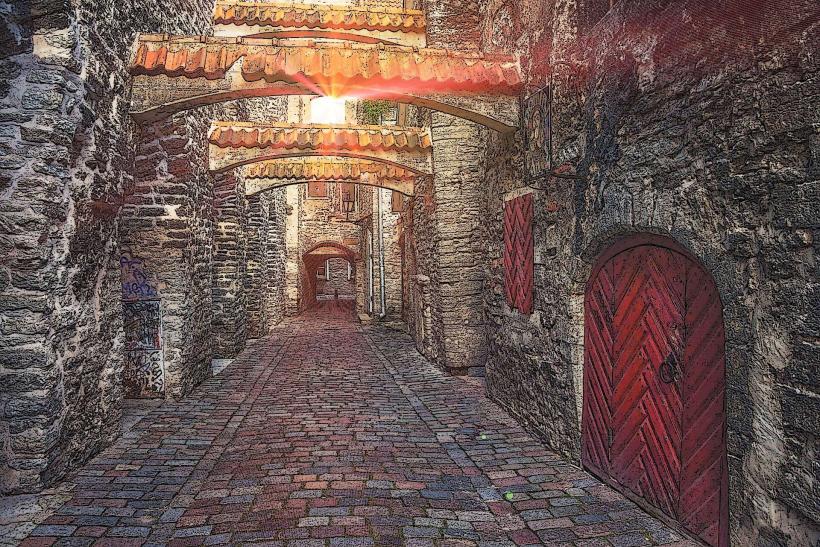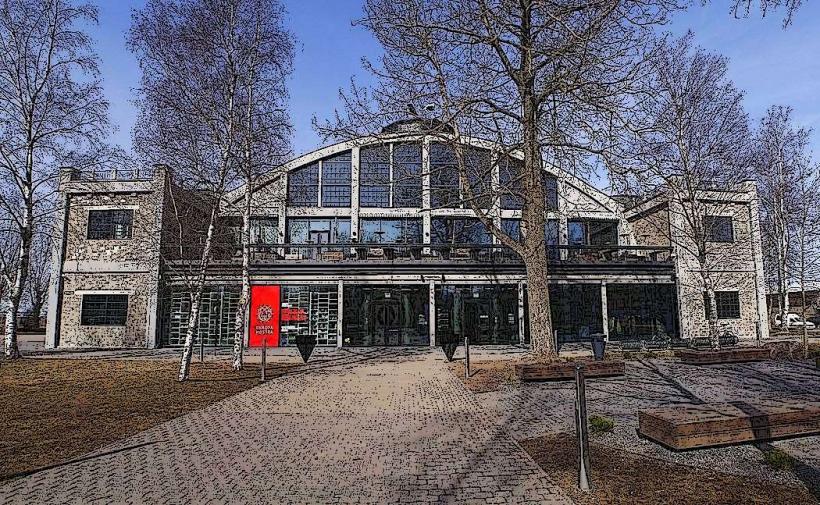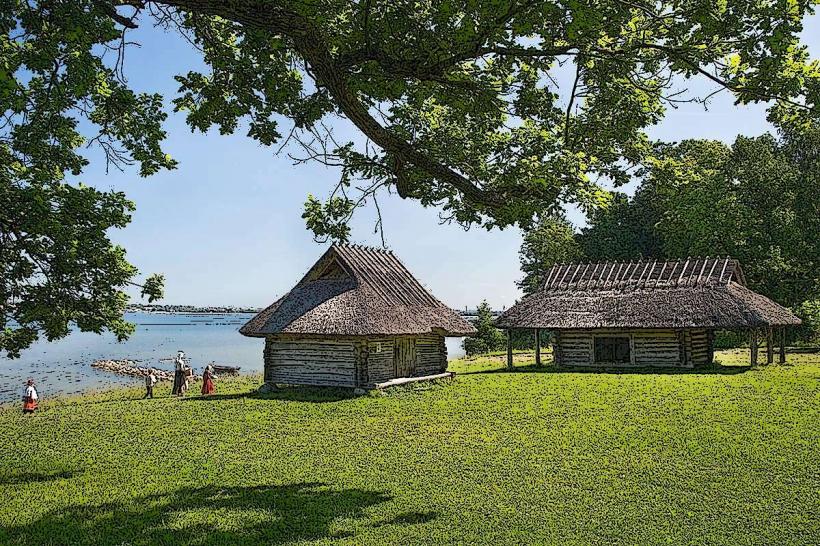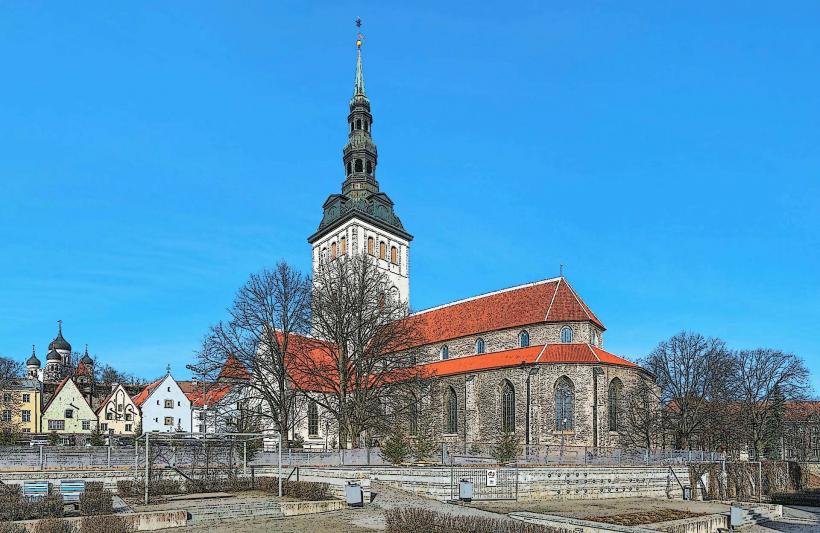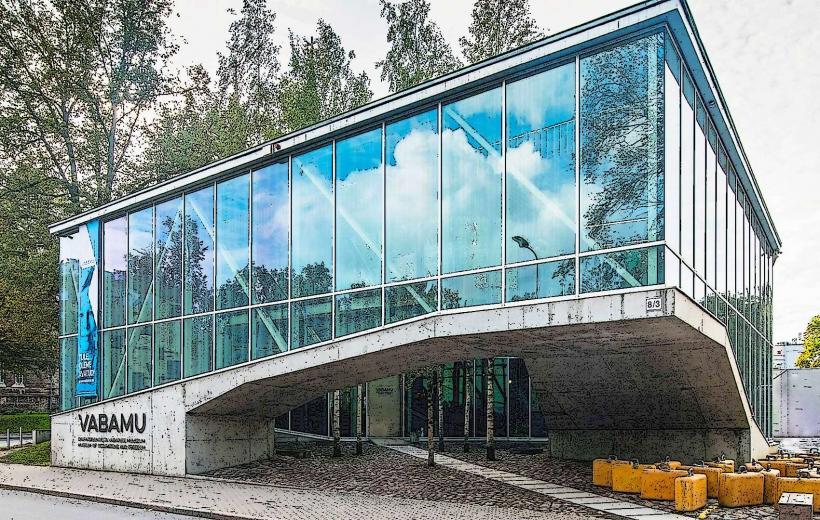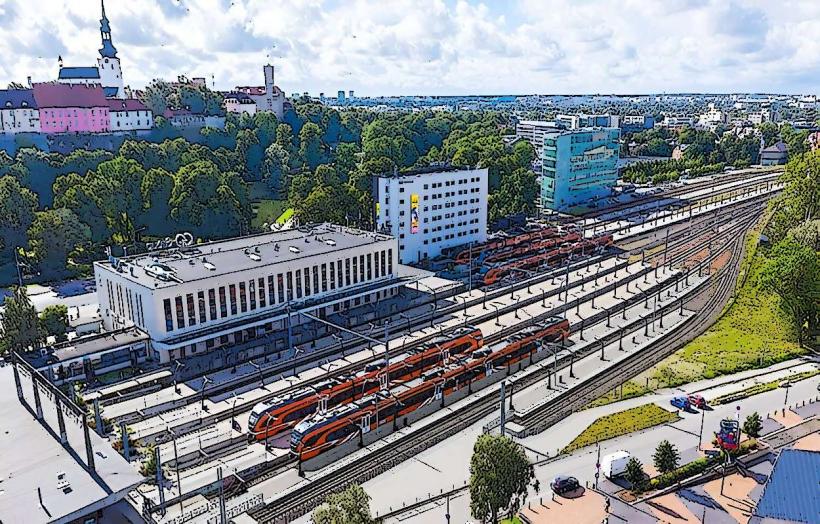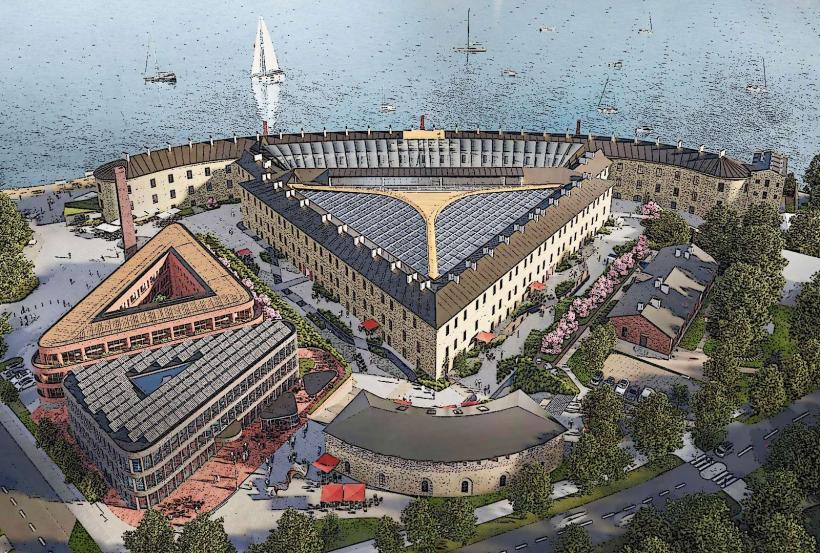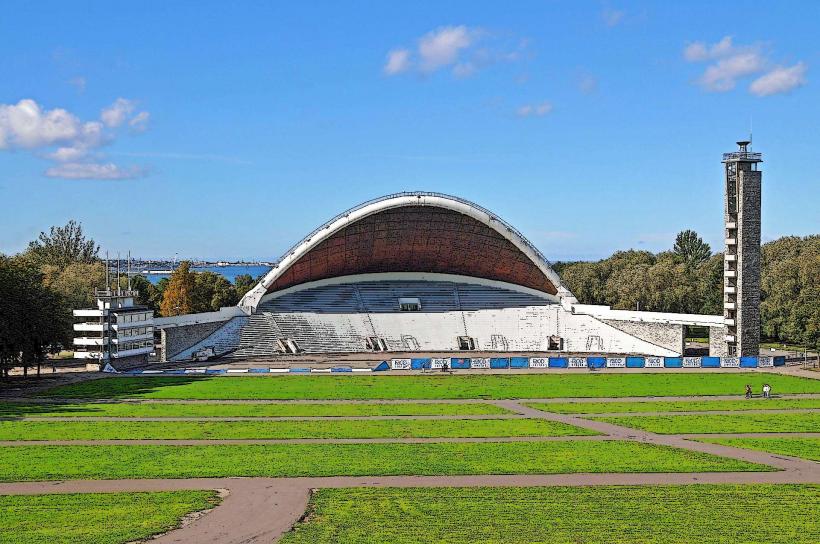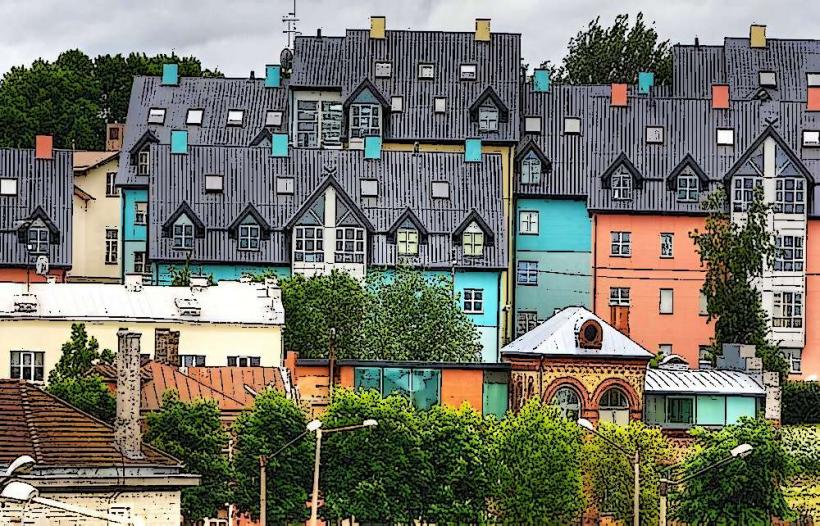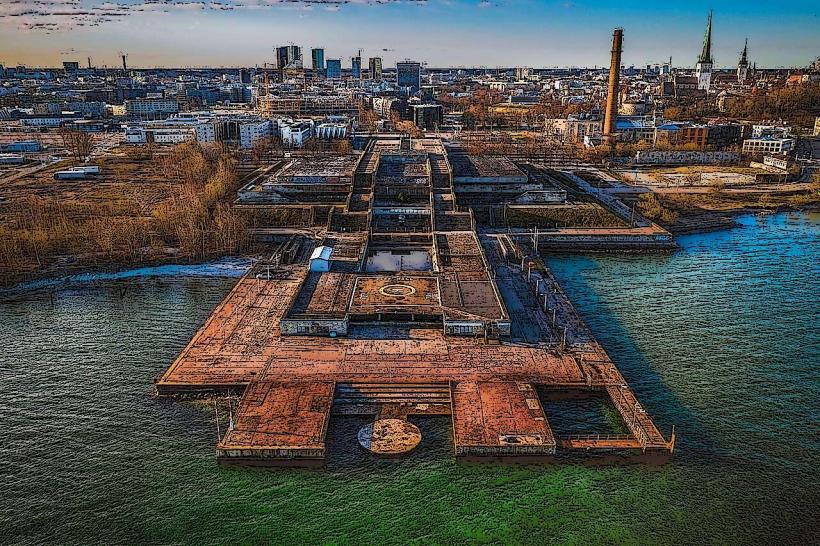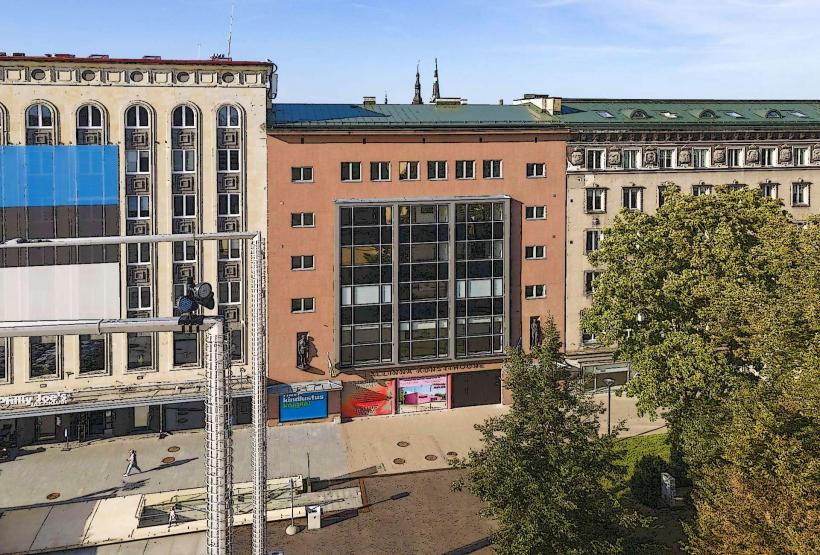Information
Landmark: Tallinn City MuseumCity: Tallinn
Country: Estonia
Continent: Europe
The Tallinn City Museum (Tallinna Linnamuuseum) is an important cultural institution dedicated to the history, culture, and development of Tallinn, Estonia’s capital. The museum provides a comprehensive view of the city’s transformation from its medieval origins to its modern-day status as a vibrant European metropolis. It offers visitors an opportunity to explore Tallinn’s urban evolution, its cultural heritage, and the lives of its residents over the centuries. Here’s a detailed overview of the Tallinn City Museum:
Historical Background
Foundation:
- The Tallinn City Museum was founded in 1947 with the aim of preserving and showcasing the city’s history. It focuses on the urban history of Tallinn, including its architectural development, economic progress, and the social lives of its inhabitants throughout various historical periods.
- The museum’s collections reflect the dynamic nature of the city, from its medieval beginnings to its growth as a trading hub in the Hanseatic League, its time under Russian and Soviet rule, and its modern-day development.
Location:
- The museum is housed in several locations in the city, with the main building situated in the Old Town of Tallinn. The main museum building is located in a medieval merchant house on Vene Street, which itself has historical significance as a symbol of Tallinn’s rich trading history.
- The museum also has exhibitions in other buildings, including the Old Town Hall and the Maarjamäe Palace, which reflect different aspects of Tallinn’s past.
Key Exhibits and Features
Tallinn’s Urban Development:
- One of the primary focuses of the museum is the urban development of Tallinn throughout its history. Visitors can explore how Tallinn evolved from a small settlement to a major Hanseatic trading city and its subsequent expansion into the modern urban center it is today.
- The museum offers exhibits on the medieval city, the early modern era, and Tallinn’s role in trade networks across northern Europe, as well as how the city was shaped by industrialization and modernization.
The Medieval and Hanseatic Tallinn:
- The museum takes visitors back to the medieval era, when Tallinn was an important member of the Hanseatic League, a powerful economic and political alliance of cities in northern Europe.
- The exhibits delve into Tallinn’s role as a trading hub, its medieval fortifications, and its status as a key city in the Baltic region during the Middle Ages.
- Visitors can see models of the medieval Old Town, along with reconstructions of buildings and spaces that represent the daily life of merchants, artisans, and citizens in medieval Tallinn.
Estonian Society through the Centuries:
- The museum also provides a look into Estonian society through the centuries, showcasing the lives of ordinary citizens, as well as the elite. The exhibits offer insights into social classes, family life, and cultural practices in Tallinn across different periods.
- Visitors can learn about the impact of foreign rulers, such as the Swedes, Russians, and Germans, on the social and political landscape of Tallinn. This includes the story of Estonian independence in the early 20th century and the Soviet occupation of Tallinn in the mid-20th century.
Architectural Heritage of Tallinn:
- The museum’s exhibits showcase the evolution of Tallinn’s architecture, from medieval buildings to early modernist and Soviet-era structures.
- The museum also discusses the preservation of Tallinn’s Old Town, which is a UNESCO World Heritage Site, and the efforts to maintain the city’s historical charm while adapting to the needs of a modern urban environment.
Tallinn’s Soviet Period:
- The museum provides a section dedicated to Tallinn during the Soviet occupation, when the city was part of the Soviet Union from 1940-1941 and again from 1944-1991.
- This section includes exhibits on Soviet architecture, propaganda, and life under Soviet rule in Tallinn, as well as the resistance movements and the struggle for independence during the Singing Revolution.
Interactive Exhibits:
- To enhance the visitor experience, the museum features several interactive displays and multimedia installations that allow visitors to engage more deeply with the history. These include audio guides, virtual tours, and hands-on exhibits that explain Tallinn’s architectural changes, the social impact of historical events, and the city’s transformation into a modern European capital.
- For example, the museum’s interactive city map allows visitors to explore how Tallinn’s cityscape has changed over the centuries, providing an engaging visual history.
The Old Town Hall:
- The Tallinn City Museum includes a section dedicated to the Old Town Hall, a building with medieval roots that served as the center of city government for centuries. The Town Hall is one of the oldest Gothic town halls in Europe and has been well-preserved as an iconic symbol of Tallinn’s historical governance and civic pride.
- Visitors can explore the historic chambers and learn about the role of the town council and the civic life of Tallinn’s inhabitants.
Maarjamäe Palace:
- The Maarjamäe Palace, located in the Kadriorg district, is another venue associated with the Tallinn City Museum. It focuses on the 20th century, particularly the Soviet period and Estonian independence. The palace also houses the Museum of Soviet Occupation and offers exhibits related to Estonia’s independence movements and the Soviet legacy in the country.
Visitor Experience
Family-Friendly:
- The Tallinn City Museum is a family-friendly destination, with exhibits designed to be engaging for visitors of all ages. Interactive displays, as well as hands-on activities, help children connect with the history of Tallinn in an enjoyable and educational way.
- Special family programs and workshops are often available, providing opportunities for families to engage in historical activities and learn more about the city together.
Guided Tours:
- The museum offers guided tours in several languages, providing deeper insights into the city’s history, its cultural heritage, and its urban development. Knowledgeable guides help contextualize the exhibits and explain Tallinn’s evolution in a way that brings the past to life.
- Audio guides are also available for those who prefer a self-guided experience, offering a flexible option for exploring the museum.
Special Exhibitions and Events:
- The museum hosts a variety of temporary exhibitions on different aspects of Tallinn’s history, ranging from specific historical events to contemporary cultural topics. These exhibitions often explore themes like art, urbanism, and social history, providing fresh perspectives on Tallinn’s past.
- The museum also organizes lectures, seminars, and cultural events, often featuring experts, local historians, and artists.
Museum Shop and Café:
- The museum features a museum shop where visitors can purchase books, postcards, and souvenirs related to Tallinn’s history and culture. The shop offers a variety of local crafts and items that reflect the city’s rich heritage.
- There is also a café where visitors can relax and enjoy coffee and traditional Estonian pastries, making it a nice spot to reflect on the exhibits after touring the museum.
Why Visit the Tallinn City Museum?
Comprehensive Overview of Tallinn’s History: The museum offers a well-rounded understanding of Tallinn’s urban development, from its medieval origins to its modern European cityscape. It’s an essential destination for those looking to understand how Tallinn has evolved over the centuries.
Historical and Cultural Insight: The museum provides a deep dive into Tallinn’s cultural and social history, exploring the lives of its residents, the influence of foreign rulers, and the impact of pivotal historical events.
Interactive and Engaging Exhibits: The museum uses interactive displays, multimedia installations, and hands-on activities to engage visitors and bring history to life. It’s an engaging experience for both adults and children.
Architectural Heritage: As an architectural museum, the City Museum gives visitors an opportunity to explore Tallinn’s historical buildings, from medieval structures to Soviet-era designs, and appreciate how the city’s architecture reflects its history.
Educational and Family-Friendly: The museum is a fantastic educational resource for families, with programs and activities designed to help children and adults alike learn about Tallinn’s past.
The Tallinn City Museum is a must-visit for anyone interested in learning about the rich and multifaceted history of Tallinn. It offers a comprehensive and interactive experience that highlights the social, political, and architectural development of the city across centuries, making it a key stop for visitors to the Estonian capital.

